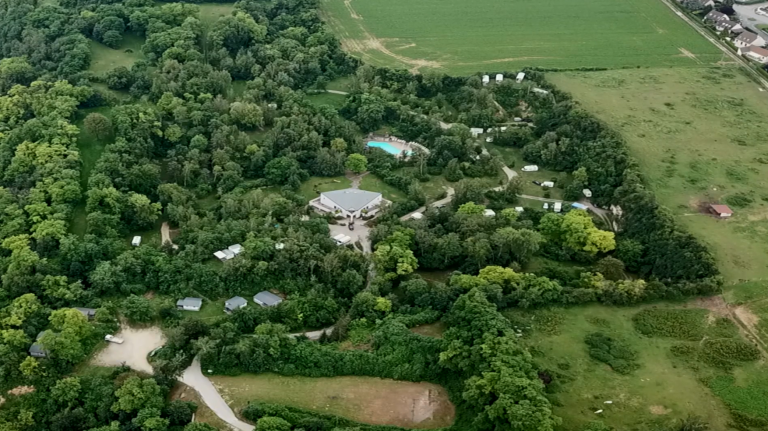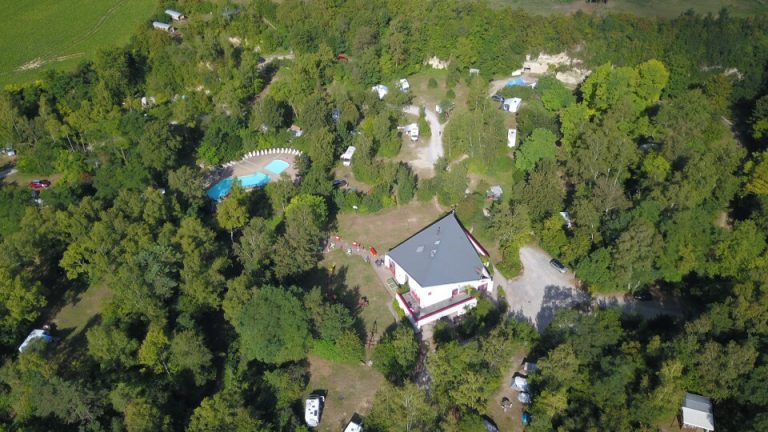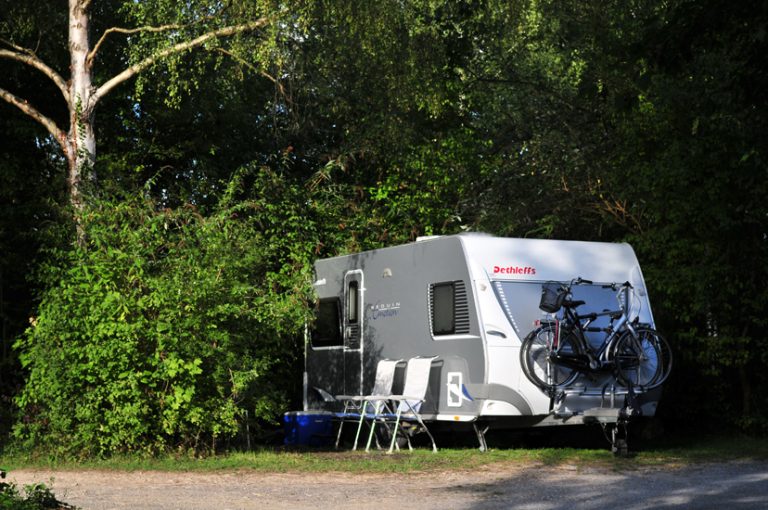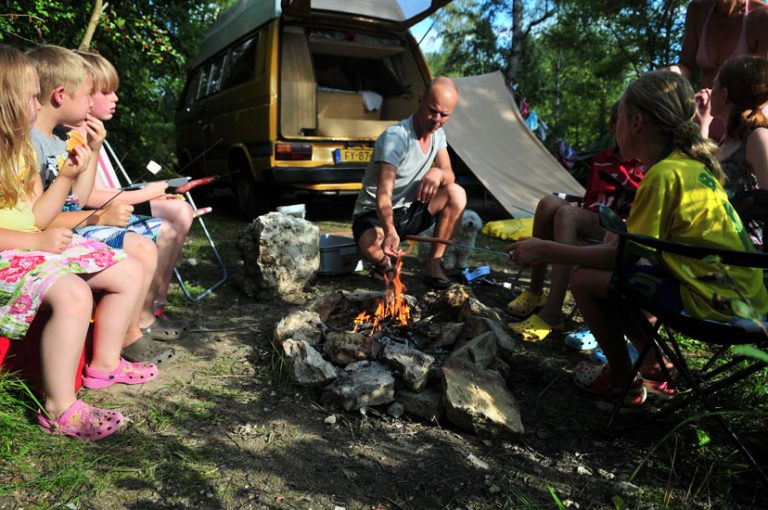THE WHOLE REGION OF CREIL SUFFERED GREAT DAMAGE
SOUTH OF THE OISE , A SPOT RESISTER OBSERVED WELL
Resister of the Creil region marked all the German installations and sent to Londonmessages about troops and their movements, VI factories in the region, expeditions toward the rocket-launchers, carryings of troops and materials. They also transmitted to London the sites of the anti-aircraft batteries, of the blockhaus and of the different military equipments around the underground base, and the material and ammunition stores in all the region of Creil.
It has been a pleasure for the allied nation’s planes to break these spots to pieces during the first half of 1944. Unfortunately, many of the planes never got back to their base in England!
The Saint-Leu’s bridge over the Oise river having been destroyed in June of 1944 by French forces, the crossing of the river had to be done on barges which left Saint-Leu at the “Hôtel de l’Oise” (Oise river Mansion) and arrived in Saint-Maximin at “L’Auberge du Pont” (Bridge Inn). Everybody, French or German used this way for crossing. It gave the resisters a source of information about troop and material movements, military works etc… and permitted them to join together in little groups at the Hôtel de l’Oise, its owners being resisters. That’s the way they used to send to London the information they gathered.
Let’s notice that GOERING often came to Chantilly, maybe he also came to the Rotschild’s Castle in Saint-Maximin, where was the German aircraft H.Q., to meet the commander of the “Underground VI Base”. But even now we cannot be sure of that.
The study and information in this historical account, which are based on photographs, texts and slide about the reminded facts, made for ancients who lived during this war and for the youngs who have to know the pain of their elders, have been gathered thanks to the help of these “Living Memories” of the last war : Resisters, War Prisoners, Internees and Self-Willed of Freedom, who I sincerely thank.
Paul MERCIER
Academic Society of History and Archaeology of Oise
Link and more information :





